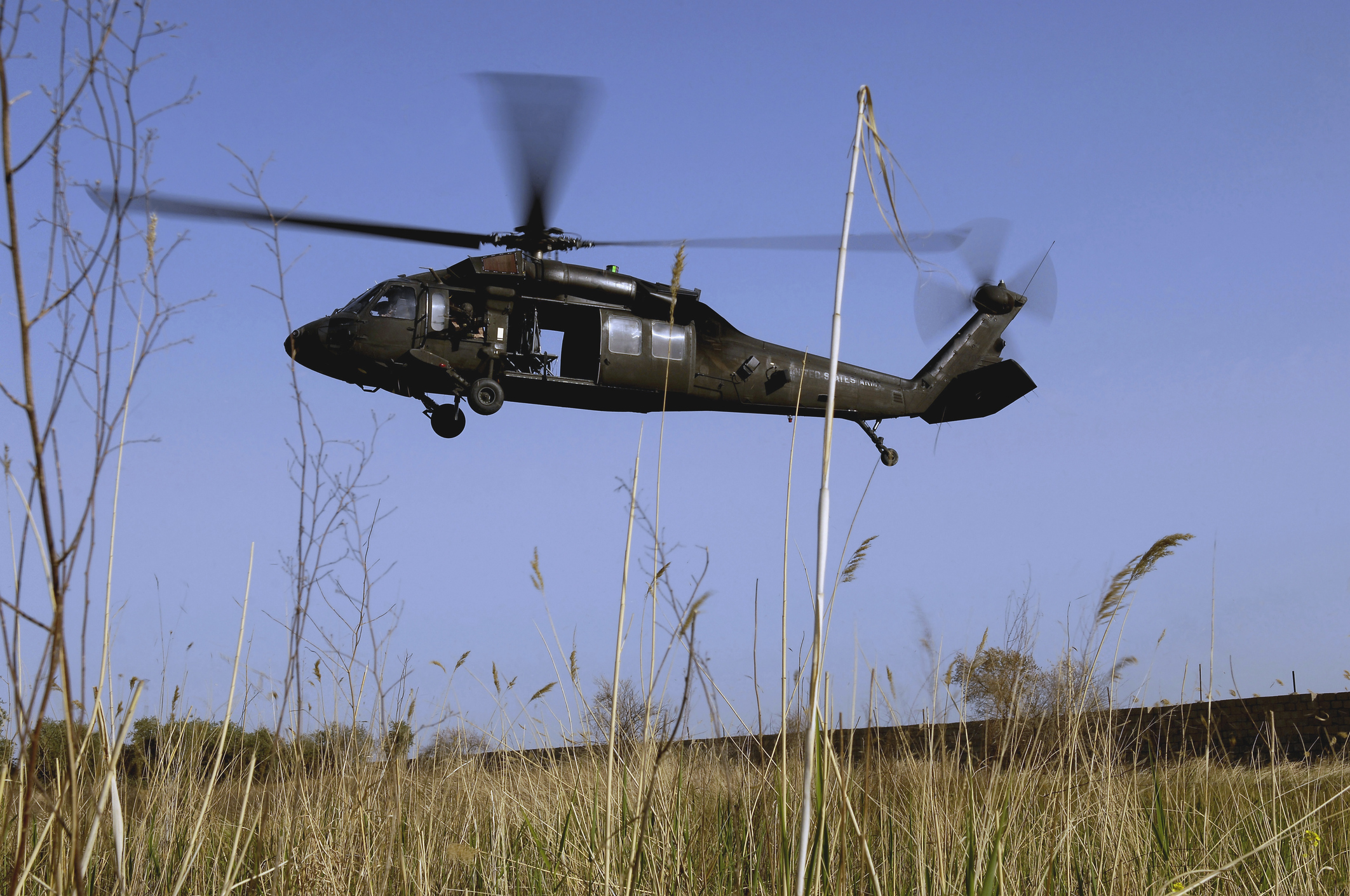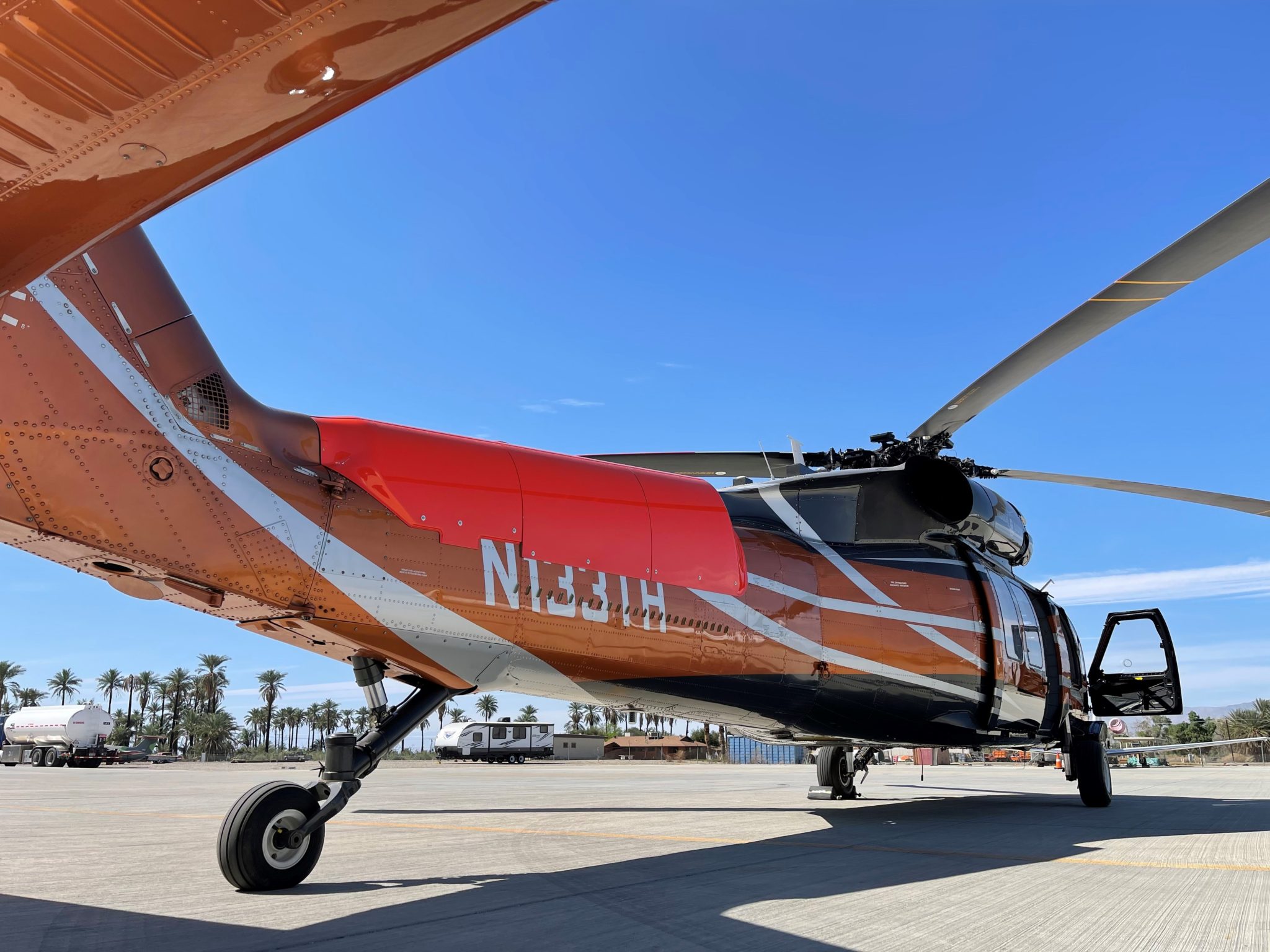UH 60 Helicopter: How It Continues to Shape Air Mobility and Combat Missions
UH 60 Helicopter: How It Continues to Shape Air Mobility and Combat Missions
Blog Article
Exploring the Background and Evolution of the UH 60 Helicopter

Beginnings of the UH-60
The origins of the UH-60 helicopter can be mapped back to the late 1960s, a period marked by the need for a functional utility airplane that could adjust to the developing needs of contemporary warfare. The U.S. Army acknowledged the requirement for a substitute for the older UH-1 Iroquois, which was ending up being significantly poor for the intricacies of modern battle situations. In 1967, the Army started the Utility Tactical Transport Aircraft System (UTTAS) program, which looked for to create a multi-role helicopter with the ability of numerous goals, consisting of army transportation, clinical discharge, and logistical assistance.
The style competitors drew in a number of aerospace producers, but it was Sikorsky Aircraft Firm that inevitably protected the contract in 1972. The UH-60 Black Hawk was introduced, showcasing innovative layout aspects and advanced technology that established it in addition to its precursors. Its first flight took place in 1974, and the airplane was formally embraced by the Army in 1979. The UH-60 promptly got recognition for its robust efficiency, reliability, and adaptability, leading the way for its comprehensive usage in armed forces operations and strengthening its condition as a cornerstone of united state Army aeronautics.
Key Style Features
Ingenious design functions of the UH-60 Black Hawk substantially contribute to its functional effectiveness. One of one of the most noteworthy elements is its twin-engine arrangement, which enhances dependability and gives a greater power-to-weight proportion, enabling the helicopter to do under various problems. The aircraft's four-blade main rotor system supplies improved lift and maneuverability, crucial for tactical missions.

In addition, the cockpit is made for ideal presence and functional designs, including sophisticated avionics that simplify pilot operations. The modular layout of the UH-60 enables simple upkeep and versatility, making it ideal for various goal accounts, from troop transportation to medevac procedures. These essential layout features make sure that the UH-60 Black Hawk remains a flexible and dependable possession in army aviation, efficient in satisfying the needs of contemporary war.
Technical Advancements
Current technical advancements in the UH-60 Black Hawk have dramatically boosted its operational capabilities and versatility. The assimilation of advanced avionics, such as electronic trip control systems and boosted situational awareness displays, enables pilots to run with enhanced accuracy and efficiency. These systems help with enhanced navigation, interaction, and information sharing, making it possible for the helicopter to operate efficiently in diverse atmospheres.
Furthermore, the introduction of composite products has actually lowered the general weight of the aircraft while maintaining architectural stability. This reduction improves fuel effectiveness and extends functional variety. The consolidation of advanced rotor technology, including making use of four-blade, totally verbalized rotor systems, has improved lift performance and maneuverability, permitting far better handling here are the findings in different trip problems.

Additionally, advancements in propulsion systems, such as the T700-GE-701D engines, have increased power result and integrity - uh 60. These engines add to exceptional efficiency in high-altitude and hot-weather conditions
Lastly, the integration of self-defense systems and boosted sensor plans boosts the Black Hawk's survivability and goal effectiveness. Jointly, these technical enhancements ensure that the UH-60 Black Hawk continues to be an important property in contemporary aeronautics, with the ability of adjusting to the progressing needs of humanitarian and armed forces objectives.
Duty in Armed Force Procedures
As the foundation of U.S. Military aeronautics, the UH-60 helicopter plays a critical role in different army procedures, functioning as a functional platform for battle support, transportation, and medevac objectives - uh 60. Its design incorporates the capability to operate in diverse environments, making it crucial for army movement and logistical assistance in both non-traditional and traditional warfare

In clinical discharge situations, the UH-60 has confirmed very useful, substantially minimizing the time to transfer damaged soldiers from the battlefield to clinical centers. Its advanced avionics and night vision abilities additionally make certain goal success under tough conditions. Generally, the UH-60 helicopter continues to be an important asset, continually adapting to fulfill the evolving needs of armed forces operations and enhancing the performance of united state forces worldwide.
Future of the UH-60
Looking ahead, the future of the UH-60 helicopter entails significant improvements in technology and capacities developed to improve its functional efficiency. As military operations develop, the UH-60 is expected to integrate cutting-edge innovations, including enhanced avionics, improved weapons systems, and advanced interaction tools. These enhancements will enable higher situational recognition and goal flexibility, making sure that the UH-60 stays an important property on the battlefield.
One remarkable growth is the integration Discover More of fly-by-wire systems, which will improve trip control precision and decrease pilot work. Initiatives to upgrade the airframe and engines aim to increase speed, haul, and variety capability, therefore expanding the helicopter's operational range.
The future likewise holds assurance for increased interoperability with unmanned aerial systems (UAS), making it possible for go coordinated missions that leverage both manned and unmanned capabilities. Additionally, the incorporation of artificial intelligence and machine knowing might optimize flight dynamics and upkeep processes, causing minimized operational costs.
Conclusion
The UH-60 Black Hawk helicopter represents a substantial success in armed forces aviation, evolving from the united state Military's initial requirements for a functional energy aircraft. Its cutting-edge layout functions and continuous technical innovations have actually ensured its importance in numerous armed forces operations over the years. As the demands of modern warfare adjustment, the future of the UH-60 will likely include further improvements and adaptations, reinforcing its standing as a vital property for militaries worldwide.
The UH-60 Black Hawk helicopter stands for a substantial turning point in armed forces air travel, emerging from the U.S. Army's mission for a much more reputable and functional energy aircraft in the late 20th century.The origins of the UH-60 helicopter can be traced back to the late 1960s, a period noted by the requirement for a versatile utility airplane that could adapt to the progressing needs of contemporary war. In general, the UH-60 helicopter continues to be an important property, continuously adjusting to satisfy the progressing needs of military procedures and boosting the effectiveness of United state pressures worldwide.
Looking ahead, the future of the UH-60 helicopter includes substantial advancements in innovation and capacities developed to boost its functional effectiveness.The UH-60 Black Hawk helicopter represents a substantial achievement in armed forces aeronautics, evolving from the U.S. Military's initial demands for a versatile energy aircraft.
Report this page